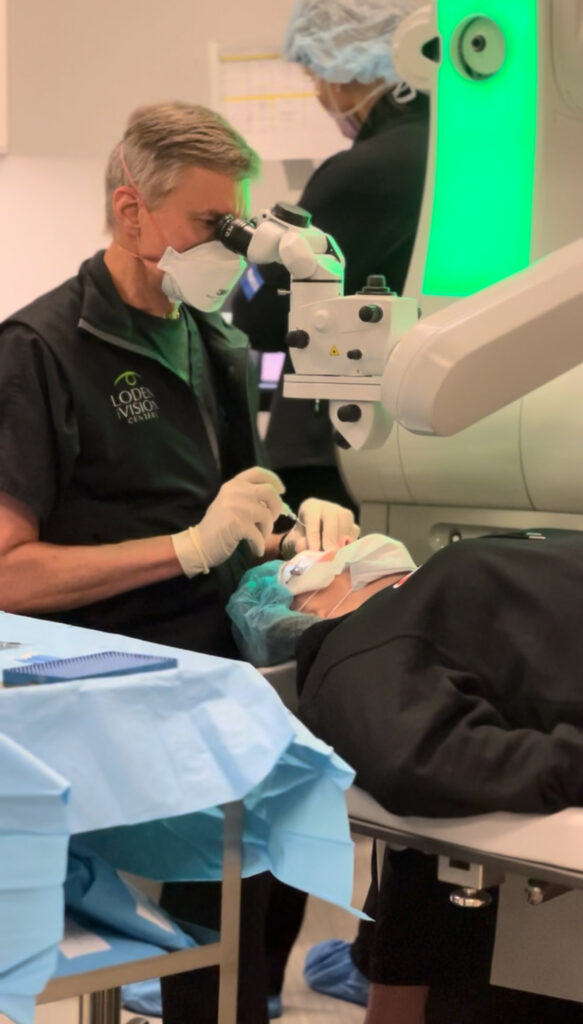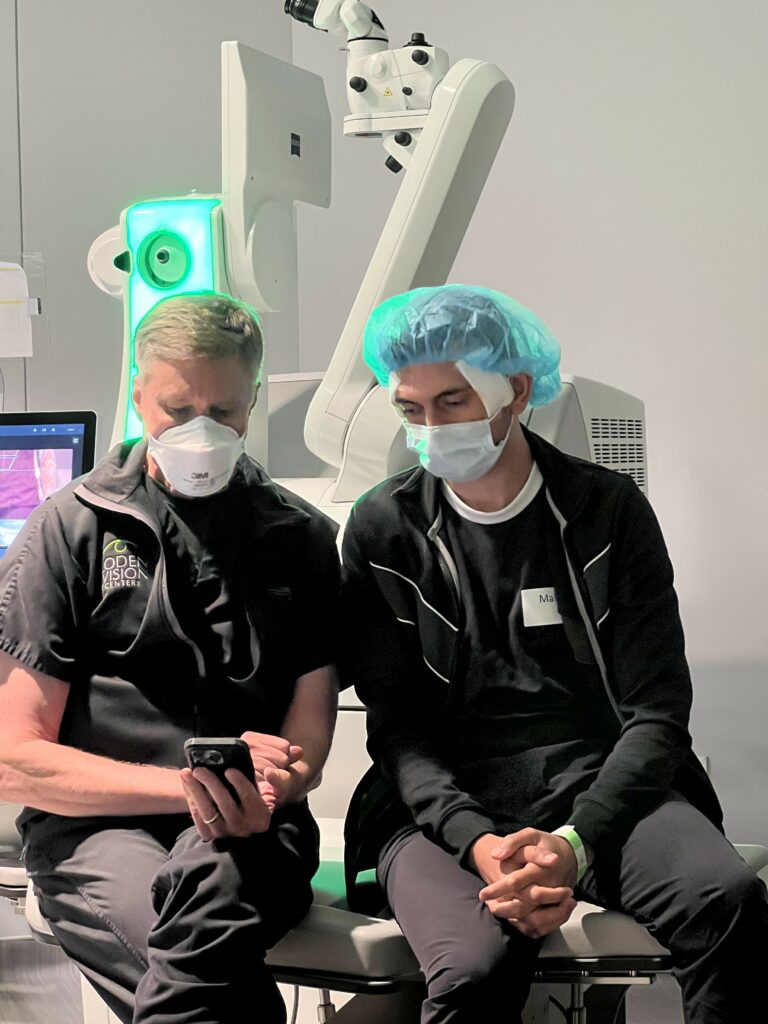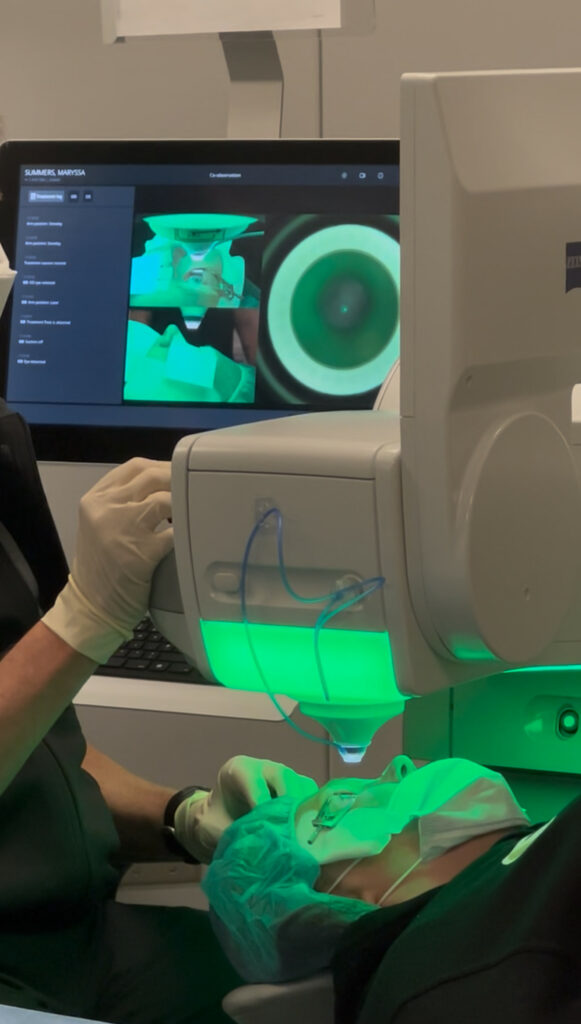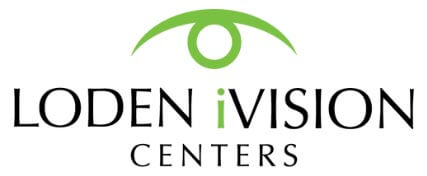Living with vision problems means constantly juggling glasses or managing contact lens routines. If you’re exploring surgical options to correct your vision, you’ve probably researched LASIK extensively.
However, there’s an innovative alternative that deserves your attention: SMILE eye surgery. Keep reading to learn exactly what you need to know about SMILE eye surgery as you’re considering your refractive surgery options.
Why SMILE Is Different From LASIK

The biggest difference between SMILE and LASIK comes down to how your surgeon accesses your cornea to make the vision correction.
Think of it like remodeling a house. LASIK is like lifting up an entire section of the roof to work underneath, while SMILE is like making a small access hole to accomplish the same goal.
During LASIK, your surgeon creates a large flap in your cornea (about the size of a contact lens), folds it back, reshapes the tissue underneath, then puts the flap back in place. With SMILE, there’s no flap at all. Instead, the laser works inside your cornea to create a tiny disc of tissue, which is then removed through a small opening.
This fundamental difference has some important implications for your healing process, comfort level, and long-term results.
What This Means for Your Cornea
Your cornea is like the clear window of your eye, and it has natural strength and flexibility that help protect your vision. When you don’t create a large flap, more of that natural strength stays intact.
This can be especially important if you play contact sports, work in dusty environments, or have an active lifestyle where your eyes might be at risk for impact or irritation.
Many people worry about dry eyes after vision correction surgery, and this is where SMILE really shines. Because the procedure preserves more of the nerves that help your eyes produce tears naturally, most patients experience less dry eye discomfort compared to LASIK. If you already struggle with dry eyes, this could be a significant advantage.
Who Makes the Best SMILE Candidate
While the basic requirements for SMILE are similar to those of other vision correction procedures, such as being over 22, having a stable prescription, and having healthy eyes, there are specific situations where SMILE might be your best choice.
Active Lifestyle Considerations

If you’re someone who loves contact sports, works outdoors, or has a physically demanding job, SMILE’s flap-free approach offers peace of mind. There’s no risk of a corneal flap getting dislodged, even years after your surgery. Patients who are professional athletes, military personnel, and construction workers often choose SMILE specifically for this reason.
Contact Lens Intolerance
Some people simply can’t tolerate contact lenses because they cause irritation, dryness, or frequent infections. If this sounds like you, SMILE can be a great choice. Many people feel like they have their natural eyes back, without the constant awareness of having something foreign in their eyes.
Professional Requirements
Certain careers have vision requirements that make surgery appealing, but also demand the most stable, predictable results possible. Pilots, law enforcement officers, and others in vision-critical professions often prefer
SMILE’s track record for maintaining corneal integrity over time.
What Recovery Really Looks Like
One of the biggest concerns patients have is about the recovery process. The good news is that SMILE recovery is generally straightforward, though it’s different from LASIK in some important ways.
The First 24 Hours
Right after surgery, your vision will be noticeably better, but it might be a bit hazy or fluctuate throughout the first day. This is completely normal.
SMILE patients typically experience more gradual improvement over the first week. You’ll need someone to drive you home after surgery, and we recommend taking it easy for the rest of the day.
Many patients find that a short nap helps with any mild discomfort.
Week One
Most people can return to work within 1-2 days, especially if their job doesn’t require intense visual concentration. If you work at a computer all day or do detailed visual work, you might want to plan for a longer break or at least reduced hours during your first week.
During this time, you’ll use prescription eye drops to prevent infection and reduce inflammation. The drops might cause temporary blurriness, so plan accordingly.
Month One
Your vision will continue to sharpen and stabilize throughout the first month. By the end of four weeks, most patients are seeing their final results. Some people notice that their night vision improves gradually during this period, especially if they experienced some glare or halos in the first few weeks.
Activities to Avoid During Recovery
- Swimming pools, hot tubs, and natural bodies of water for at least one week
- Eye makeup for one week (face makeup is fine)
- Rubbing your eyes for several weeks
- Contact sports for at least one week
- Dusty or dirty environment, when possible
Is SMILE Right for You?

Deciding on vision correction surgery is a personal choice that depends on your specific eye health, lifestyle, and visual goals. SMILE offers unique advantages that make it particularly appealing for certain patients, especially those with active lifestyles or concerns about dry eyes.
The best way to determine if SMILE is right for you is through a comprehensive consultation with an experienced refractive surgeon. They can evaluate your eyes, discuss your daily activities and visual needs, and help you understand which procedure would work best for your situation.
Remember, the goal isn’t just to achieve clear vision. It’s to find the procedure that gives you the best combination of excellent results, comfortable recovery, and long-term satisfaction.
Take your time researching your options, ask plenty of questions, and choose a surgical team you trust to guide you through this life-changing decision.
Do you want to learn more about SMILE or determine if you might be a good candidate for the procedure? Schedule an appointment at Loden Vision Centers in Nashville, TN, today!
Serving the greater Nashville area, learn about the trusted team of optometrists and ophthalmologists.


